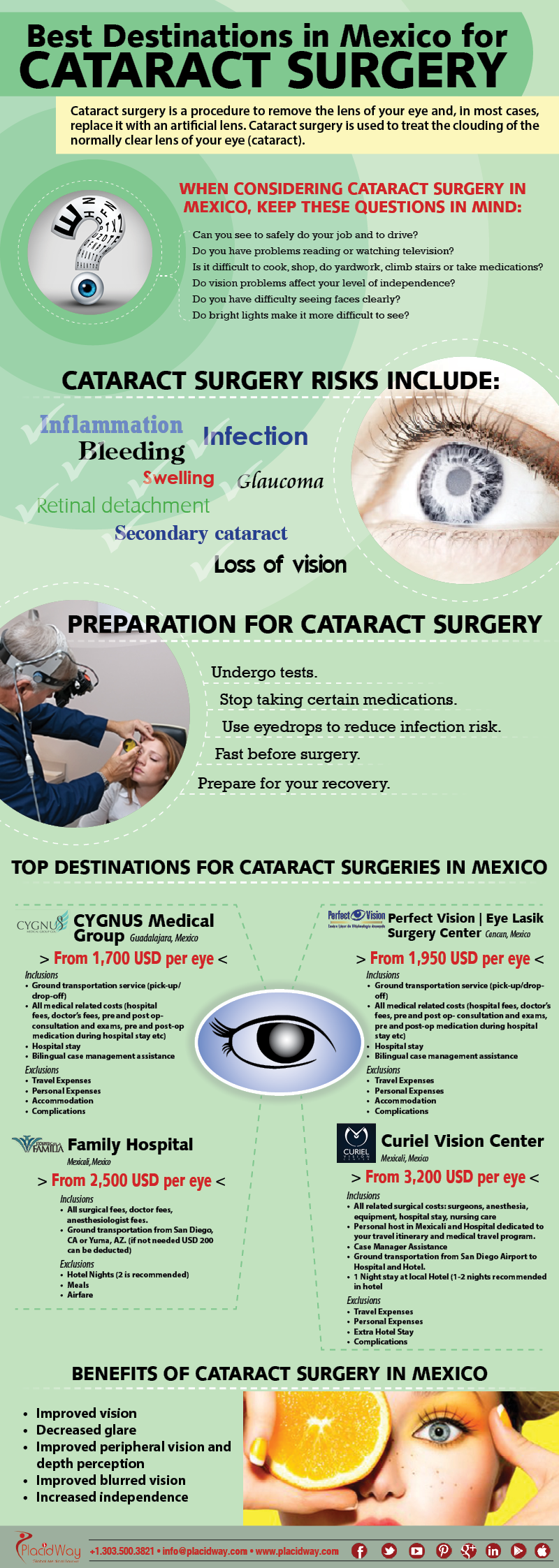Intrigued In Discovering The Distinctions Between SMILE, LASIK, And PRK Eye Treatments?
Intrigued In Discovering The Distinctions Between SMILE, LASIK, And PRK Eye Treatments?
Blog Article
Web Content Writer-Foss Copeland
If you've been considering SMILE eye surgical procedure, you may question just how it stacks up against LASIK and PRK. Each procedure has its own collection of benefits and considerations. From quicker recovery times to possible dangers, there are vital distinctions you must know prior to choosing. Recognizing these differences will certainly aid you make an enlightened choice that lines up with your certain requirements and expectations. Curious to understand even more regarding how these procedures compare carefully? Continue exploring to get do you have to fast before cataract surgery of SMILE, LASIK, and PRK.
SMILE Eye Surgical Treatment Summary
If you're considering SMILE eye surgical procedure, you'll locate it to be a minimally intrusive treatment with a quick recovery time. During SMILE (Small Cut Lenticule Extraction), a laser is utilized to create a small, exact incision in the cornea to get rid of a small item of tissue, reshaping it to fix your vision. This varies from LASIK, where a flap is created, and PRK, where the external layer of the cornea is entirely eliminated.
Among the vital advantages of SMILE is its minimally invasive nature, leading to a faster healing procedure and much less discomfort post-surgery. The healing time for SMILE is fairly fast, with many people experiencing enhanced vision within a day or more. This makes it a prominent option for those seeking a practical and reliable vision modification procedure. In addition, SMILE has been revealed to have a lower threat of completely dry eye disorder contrasted to LASIK, making it a beneficial alternative for people concerned about this prospective side effect.
Distinctions Between SMILE, LASIK, and PRK
When contrasting SMILE, LASIK, and PRK eye surgical procedures, it is essential to recognize the distinct strategies utilized in each procedure for vision improvement.
SMILE (Little Cut Lenticule Removal) is a minimally intrusive treatment that involves producing a tiny incision to remove a lenticule from the cornea, improving it to deal with vision.
LASIK (Laser-Assisted Sitting Keratomileusis) involves creating a slim flap on the cornea, making use of a laser to reshape the underlying tissue, and after that repositioning the flap.
PRK (Photorefractive Keratectomy) removes the external layer of the cornea prior to reshaping the tissue with a laser.
The major distinction hinges on the means the cornea is accessed and treated. SMILE is flapless, making it a great choice for individuals with thin corneas or those associated with get in touch with sporting activities. visit the following post as a result of the flap creation, but it may pose a higher threat of flap-related difficulties. PRK, although having a longer recovery duration, avoids flap-related problems completely.
Recognizing these variances is crucial in selecting the most appropriate treatment for your vision adjustment requirements.
Advantages And Disadvantages Comparison
To examine the advantages and downsides of SMILE, LASIK, and PRK eye surgeries, it's necessary to think about the details benefits and potential restrictions of each treatment. SMILE surgery provides the advantage of a minimally intrusive treatment, with a smaller cut and possibly quicker recovery time compared to LASIK and PRK. It additionally lowers the risk of dry eye post-surgery, an usual side effect of LASIK. However, SMILE may have restrictions in dealing with greater levels of nearsightedness or astigmatism compared to LASIK.
LASIK surgery provides fast aesthetic recuperation and very little pain throughout the procedure. It's very effective in treating a wide range of refractive errors, including nearsightedness, hyperopia, and astigmatism. Yet, LASIK carries a risk of flap difficulties, which can affect the corneal framework.
PRK eye surgical treatment, while not as preferred as LASIK, stays clear of creating a corneal flap, lowering the risk of flap-related difficulties. It appropriates for clients with thin corneas or uneven corneal surfaces. However, PRK has a longer recovery time and may entail extra pain throughout the recovery process.
Verdict
So, when it involves picking between SMILE, LASIK, and PRK, consider it like selecting the best set of shoes. SMILE resembles a streamlined, comfortable pair of sneakers - fast and very easy.
LASIK is a lot more like fashionable high heels - showy and fast, but with some potential threats.
PRK is like strong hiking boots - dependable and resilient, however calling for a little bit even more time and effort.
Inevitably, the most effective option depends upon your specific demands and preferences.
